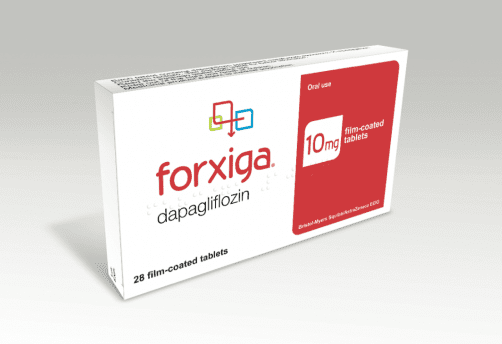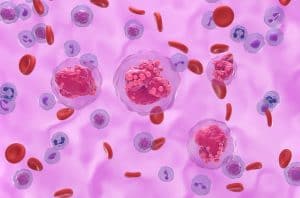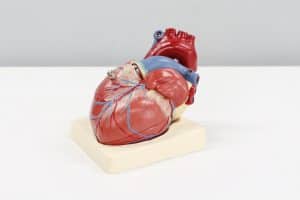
NICE U-turn on Forxiga
pharmafile | May 30, 2013 | News story | Sales and Marketing | Forxiga, NICE
NICE has recommended Bristol-Myers Squibb and AstraZeneca’s diabetes drug Forxiga in final draft guidance after turning its back on the brand just four months ago.
Forxiga (dapagliflozin) can be used in ‘some people’ with type 2 diabetes, the cost effectiveness watchdog now says. Final guidance is expected to be published in June.
Essentially NICE suggests the sodium-glucose cotransporter-2 (SGLT-2) inhibitor may be used in combination with metformin or with insulin as options for treating the disease.
NICE rejected Forxiga at the beginning of this year in a move which sorely disappointed BMS and AstraZeneca, concluding there was “significant uncertainty about the validity of the results” the firms presented.
It took issue in particular with the studies on Forxiga’s clinical effectiveness as add-on therapy to insulin, saying that evidence came from two placebo-controlled trials, one of which was only 12 weeks long, plus the manufacturers’ network meta-analysis.
For Forxiga as an add-on to metformin, the evidence presented to NICE came from three clinical trials plus, again, a network meta-analysis.
Only one of the trials had an active comparator (sulfonylurea) and the clinical effectiveness of Forxiga compared with DPP-4 inhibitors, thiazolidinediones and GLP-1 analogues was only based on the meta-analysis.
However, NICE asked for further information from the manufacturers and also looked again at the manufacturers’ economic analysis, after initially finding that the ICERs for the drug in combination therapy – while below £30,000 per QALY gained – were obtained from an economic model that could not be replicated.
These problems now appear to have been ironed out – although Forxiga in a triple therapy regimen in combination with metformin and sulfonylurea has not been recommended.
No patient access scheme was submitted and the drug costs £36.59 for 28 5mg or 10mg tablets, excluding VAT, and is taken orally as a single daily dose of 10mg.
Diabetes currently affects almost three million people in the UK, of whom about 90% will have type 2 diabetes. This number is estimated to rise to five million by 2025, or nearly 10% of the population.
The drug’s novel mode of action – blocking the reabsorption of glucose in the kidneys and promoting excretion of excess glucose in the urine – makes Forxiga useful in a therapy area which retains a high level of unmet need, and it has been found to lower HbA1c and maintain glycaemic control in adults for two years.
But Janssen’s rival SGLT2 inhibitor, canagliflozin (to be marketed under the name Invokana), is also going to be an attractive option.
Adam Hill
Related Content

NICE recommends migraine treatment for NHS use
The National Institute for Health and Care Excellence (NICE) has shared draft guidance recommending AbbVie’s …

GSK’s Jemperli recommended by NICE for endometrial cancer treatment
GSK has announced that the National Institute for Health and Care Excellence (NICE) has recommended …

NICE recommends SC treatment of AbbVie’s Tepkinly for patients with DLBCL
AbbVie has announced that the National Institute for Health and Care Excellence (NICE) has recommended …








